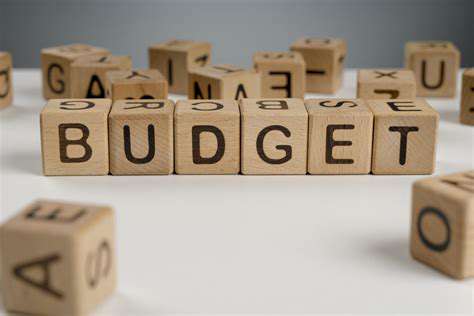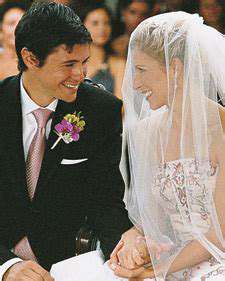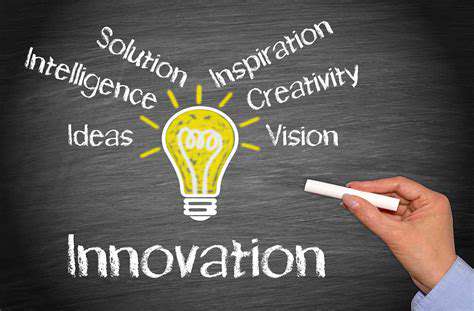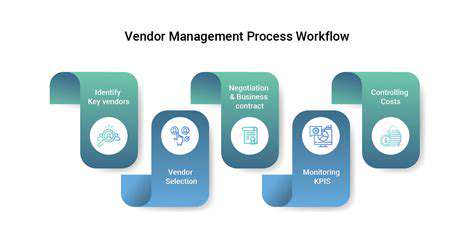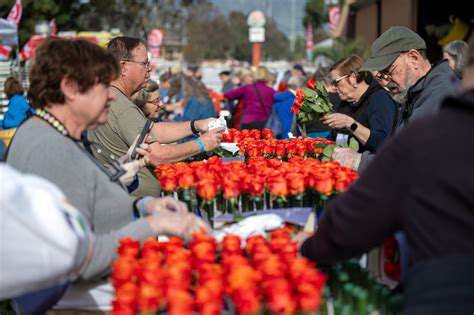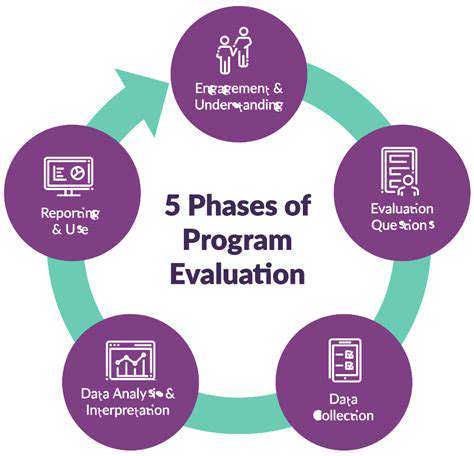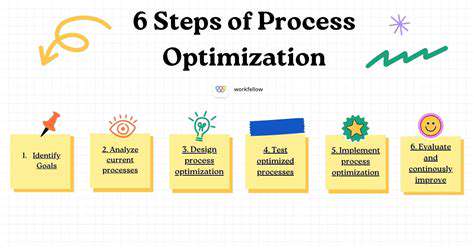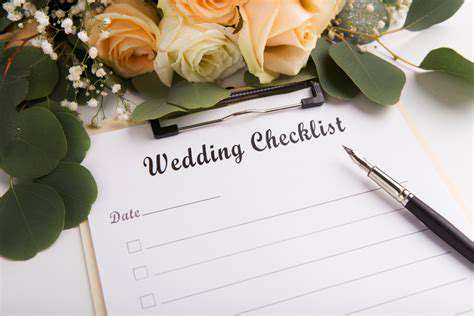How to Create an Elegant Wedding Venue Decor
Exploring color combinations should feel like an adventure rather than a chore. Start by gathering fabric swatches, paint chips, or digital mood boards. Notice how certain shades interact in different lighting conditions. A rich emerald green takes on new life when paired with creamy ivory, while dusty rose transforms when accented with brass tones. Visit your venue at different times of day to see how natural light affects color perception. Remember, the most memorable palettes often include an unexpected pop of color that surprises and delights.
Considering Practical Aspects of Your Color Choices
Your dream colors need to work in the real world. Examine how your selected hues complement your venue's architecture and existing decor. A modern loft might embrace stark contrasts, while a garden setting calls for softer harmonies. Seasonal availability also matters - peony season's blush pinks may be scarce (and pricey) in autumn. Always request fresh flower samples in your exact colors before finalizing floral plans.
Budget-conscious couples should note that some colors require more resources. Deep jewel tones often need expensive dyes for linens, while natural linen colors may be more affordable. Consider multipurpose decor items that can transition from ceremony to reception while maintaining color consistency. Pro tip: Choose one signature color that appears in at least three decor elements for visual cohesion without breaking the bank.
Finally, test your palette in various applications. Print sample invitations, drape fabric swatches over chairs, and photograph decor items together. Colors that look perfect digitally might clash in physical form. This thorough testing ensures your chosen palette creates harmony across all wedding elements, from stationery to bridesmaid dresses.
Transforming Tablescapes with Exquisite Details

Elevating the Dining Experience
Tablescapes do far more than hold plates and glasses; they create the stage for cherished memories. The perfect tablescape engages all five senses, from the crisp linen's texture to the gentle clink of crystal. Thoughtful placement of each element guides guests through the dining experience, making them feel truly welcomed and valued.
The Power of Color and Texture
Mastering color and texture combinations transforms ordinary tables into works of art. Matte finishes absorb light for intimate moods, while metallic accents add celebratory sparkle. Try mixing organic elements like raw-edged wood chargers with delicate porcelain for contemporary-rustic appeal. Remember that odd numbers of items (three votives, five stems) create more dynamic visual interest than symmetrical pairs.
Selecting the Right Linens and Place Settings
Your linen choice establishes the tablescape's foundation. Flowing floor-length linens suggest formality, while crisp overlays keep things structured. For place settings, consider the meal's progression - dessert forks placed horizontally above plates save space elegantly. Mix vintage china patterns for eclectic charm, keeping color consistency through napkin or stemware choices.
The Art of Accenting with Accessories
Strategic accessories personalize your tablescape. Handwritten place cards on unusual materials (sea glass, herb sprigs) become conversation starters. For outdoor weddings, consider practical yet beautiful elements like weighted napkin rings that withstand breezes. Always leave adequate space between decor items for comfortable dining - beauty should never compromise functionality.
Incorporating Floral Arrangements for a Touch of Elegance
Adding a Pop of Color
Floral designs should enhance your space, not overwhelm it. Try the 60-30-10 rule: 60% dominant color, 30% secondary shade, and 10% accent color for balanced compositions. Unexpected elements like artichokes or blackberries add intriguing texture while staying within your palette. Always check flower meanings - peonies symbolize happy marriage, making them perfect for weddings.
Crafting a Timeless Design
Classic designs often feature a focal flower surrounded by supporting blooms and greenery. For lasting impact, choose flowers with varying bloom times - some open fully during the event while others remain buds. Consider preserving a few special blooms in resin as everlasting favors. Vase selection matters greatly - clear glass showcases stem arrangements, while colored vessels become part of the decor.
Considering the Occasion
Floral designs should match the event's formality. Structured centerpieces suit black-tie affairs, while loose garden-style arrangements complement casual celebrations. For dinner parties, ensure arrangements don't obstruct sightlines across tables. Always confirm floral safety - some blooms like lilies can trigger allergies or be toxic to pets if brought home.
Creating a Memorable Experience Through the Details
Choosing the Right Venue
Your venue should feel like a natural extension of your relationship. Beyond aesthetics, consider practicalities like vendor access and power sources. Visit potential venues at the same time of day as your event to assess lighting and noise levels accurately. Always have a weather backup plan, even for indoor venues - summer heat or winter chills can affect adjacent spaces.
Crafting a Unique Menu
Food presentation matters as much as taste. Work with your caterer to create signature serving styles - perhaps family-style platters encourage sharing, or interactive stations become conversation starters. Consider a his and hers cocktail hour featuring your favorite beverages from different life chapters. Always include clearly labeled dietary option markers for guests with restrictions.
Designing Captivating Decorations
Decor should tell your story without words. Display childhood photos or map art of meaningful locations. Use lighting creatively - gobo projections can transform plain walls into magical landscapes. For outdoor events, practical decor like stylish mosquito repellent stations show thoughtful hospitality. Always test decor setups well in advance to troubleshoot any issues.
